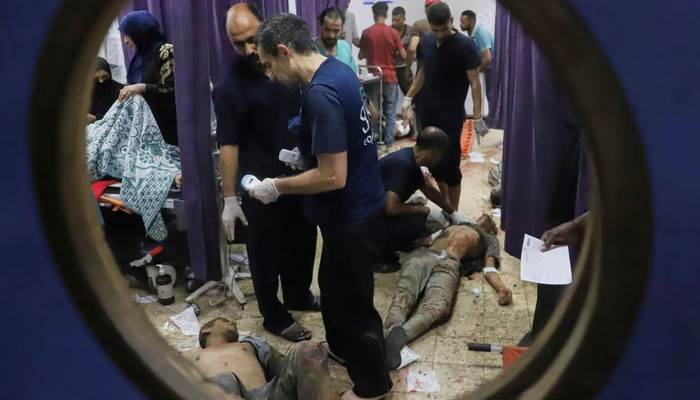
For nearly a century, scientists have studied brain waves, the rhythmic electrical patterns that course through our minds. Now, a pioneering effort by Stanford University researchers has revealed these waves in greater detail than ever before. Published in the journal Cell, the findings mark a major leap in neuroscience and artificial intelligence research.
Using cutting-edge optical tools, researchers have visualized brain wave activity in living mice with stunning clarity. This new approach could revolutionize our understanding of cognition, memory, and brain disorders.
Pakistan Beats Indonesia and Storms Into the Semis
Optical Technology Redefines Brain Wave Imaging
Traditional methods like electroencephalograms (EEGs) detect brain waves through external electrodes. While useful, these tools only capture activity from limited brain regions. In contrast, the Stanford-led team used genetically engineered proteins known as voltage indicators to visualize the electrical pulses directly in brain tissue. These indicators respond to voltage changes by altering their brightness, making brain activity visible through a microscope.
The researchers built two powerful tools to track brain waves in action:
-
A highly sensitive fiber optic sensor, which is ten times more powerful than previous models. This device can monitor neural activity even as mice move freely, allowing scientists to observe natural behaviors.
-
An optical mesoscope, which offers an expansive view of the brain, capturing electrical signals across an 8-millimeter-wide area—most of the mouse’s neocortex.
These innovations allow real-time tracking of brain waves as they flow across the cortex, the outer layer of the brain responsible for conscious thought and perception.
“This is the first time we’re getting a very broad view of waves propagating across the brain,” said Professor Mark J. Schnitzer, senior author of the study. “We can look at multiple brain areas at once and see the brain waves sweeping across the cortex, with cell-type specificity.”
New Brain Waves and AI Parallels
By using the dual-instrument setup, the researchers detected three previously unrecorded brain wave patterns. These include:
-
Two new beta waves, both linked to alert thinking. Notably, they travel in perpendicular directions.
-
A theta wave related to memory, which moves not just forward but also in reverse.
The discovery of a backward-traveling theta wave is particularly fascinating. It resembles a concept in artificial intelligence known as backpropagation, where information flows in reverse through a neural network to improve learning efficiency.
“It seems the brain has an internal clock that synchronizes neural activity,” explained Radosław Chrapkiewicz, co-lead author and director of engineering in Schnitzer’s lab. “But these traveling waves may also actively reorganize neural circuits across large distances, beyond just local connections.”
This insight bridges the gap between biological and artificial intelligence. If the brain uses wave-based mechanisms similar to backpropagation, it could inspire new AI models that learn more efficiently and behave more like biological systems.
A New Frontier in Neuroscience
While the current study focuses on mice, researchers say the implications for human neuroscience are vast. Brain wave disruptions are commonly linked to conditions like Alzheimer’s disease, Parkinson’s, epilepsy, and schizophrenia. Understanding how these waves function at the cellular level could lead to earlier diagnosis and more effective treatments.
“There are a lot of very important applications in the field of neuroscience for understanding pathology and different dynamics in the brain,” said Simon Haziza, the study’s lead author. “We are just scratching the surface.”
Beyond medical insights, the findings also open doors to a new generation of AI, grounded in the actual rhythms of the human brain.
Stanford’s breakthrough offers a revolutionary lens into how the brain communicates. By visualizing brain waves in motion and identifying their intricate patterns, scientists are unlocking the secrets of cognition—and bringing us closer to smarter machines modeled after the most complex organ of all.
Follow us on Instagram, YouTube, Facebook,, X and TikTok for latest updates
















